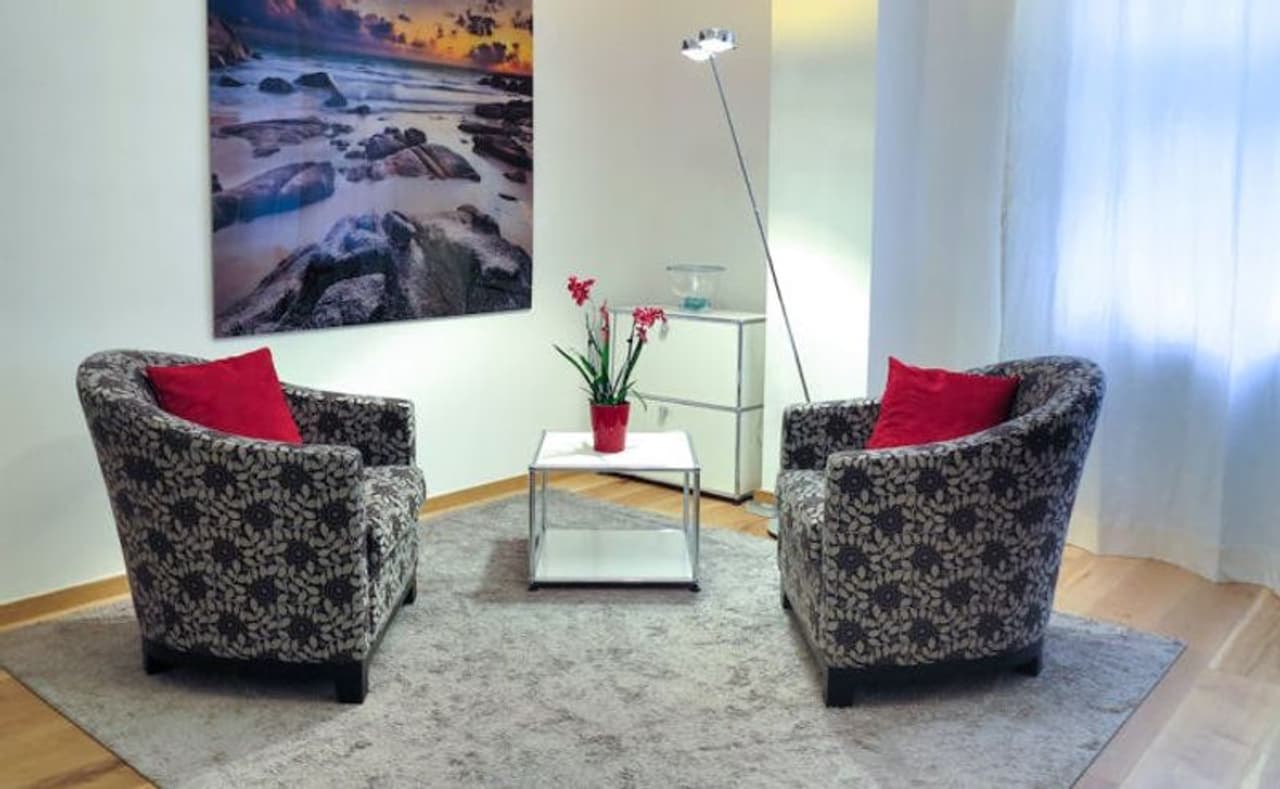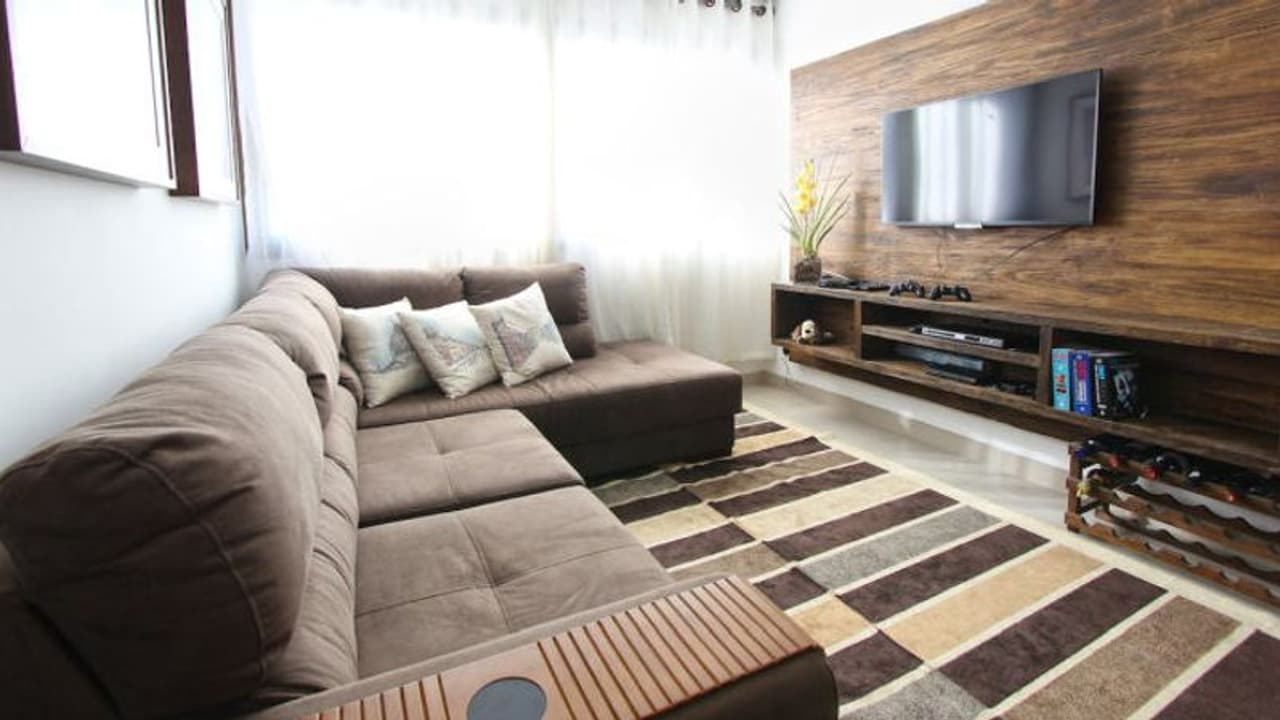A rug can transform and customize any space or area it is laid on. Vandana Gujrati explains the three kinds of rugs that can make your room look gorgeous and feel plush underneath your feet
Ancient tribes wove together reeds and grasses to make primitive rugs and keep the cold ground warm. Over 5,000 years ago, nomadic tribes hand-woven rugs out of camel, sheep, and goat hair. Archaeologists have uncovered evidence of rugs in Egyptian and Mesopotamian tombs dating back more than 4,000 years.

The oldest known surviving rug is the Pazyryk Carpet, which dates back to 500 BC, discovered in Siberia in 1949. Persians perfected this art by weaving precious metals like gold and silver into wool rugs. Many different cultures in Asia from Afghanistan to Turkey to India developed their own rug styles, with different techniques and materials.
A rug can transform and customize any space or area it is laid on. But when it comes to buying a rug, the major obstacle that comes to the mind of most of us is, 'What kind of rug do I buy to blend with a room while looking gorgeous and feeling plush underneath our feet?'
To answer these questions, we would like to let you know that there are three kinds of rugs that are hand-knotted, hand-tufted, and machine-made rugs.
Hand Knotted rugs are the most revered type of rugs having splendid and grand appearance, because of their design, quality, intricate detail, durability, and value. They take
days, weeks and even months sometimes to produce, depending on the pattern that you will see is mirrored on both sides of the rug.

Hand-knotted rugs
The hand-knotted rugs are manufactured using wool, cotton, silk, jute, and other natural materials. The grand and intricate knots on the surface of a hand-knotted look marvellous combined with the intricate Oriental, Persian, Victorian, or European designs and patterns on both sides of rugs. They have a flatter pile with a scarcer texture.
A greater density of knots in a rug means more high-grade quality – and thus, a higher value. There are different kinds of knots such as the Persian, Turkish, and Jufti knots. In short, The number of knots on a hand-knotted rug is a major determinant to figure out its durability.
Hand-tufted rugs
Hand-tufted rugs are made partially with the help of a machine while involving some human labour too, thus we may call hand-tufted rugs less labour-intensive.. They have their fringes generally sewn or adhered to the end of the rug and the design is missing on the back/reverse side of the rug.
The hand-tufted rugs are made of natural material, the same as a hand-knotted rug in comparison, and hold the middle ground regarding durability. Craftsmen of hand-tufted rugs are often seen using a combination of various kinds of materials. They may get passed down for many generations if it is taken good care of.
Machine-made rugs
Machine-made rugs normally last a decade or so if they are cared for on a regular basis. If you want something cheap and functional to serve the purpose of being underfoot, it is the best option.
Machine-made rugs primarily are manufactured using materials like wool and synthetic fibres such as polypropylene, nylon, polyester, acrylic, and art silk. These rugs can be made quickly using machines thus you will see different kinds of materials wool, silk and cotton in one rug alone.
The material of a rug is the fundamental factor that defines its price, durability, and design.
